Spin Doctors and Lap Dogs
OK, so GM's Vice Chairman, Bob Lutz, takes a tour of his fiefdom. His entourage sweeps into the top-secret room where the design department has hidden GM's future models from prying eyes. The Car Czar takes a look at a sleek machine. "What's that?" he demands. "It's the new Corvette," a minion reveals. "No it's not," Lutz snaps. At a stroke, the former Marine fighter pilot has served notice to his new troops: must do better. A legend is born. Nice story. Not true.
In actual fact, it was a simple case of mistaken identity. Lutz was expecting to see an all-new Corvette. He didn't know that the new shape 'Vette is still in development, a year behind schedule. The car he encountered at GM's skunk works was the refreshed version of the current car, the 'Vette that Chevrolet will be selling to commemorate the model's 50th Anniversary. And that's it. In other words, the car guy behind the wheel of General Motors did nothing whatsoever to alter the course of the Corvette's evolution.
This apocryphal "no it's not" story has been repeated ad nauseum by the press—until Lutz decided the tale didn't suit GM's "team" aspirations. The anecdote's popularity may simply reflect an understandable journalistic need for a bit of colour in an otherwise grey industry. But the fact that the story was allowed to circulate unchallenged for so long hints at something less savoury: the extent to which Detroit's spin doctors hold their supposed media watchdogs in their thrall.
You don't have to dig too deep to find other, more sinister examples of media corruption. To wit: a recent "get together" for the automotive media hosted by GM at the Bacara Spa Resort in Santa Barbara, California…
Over four days, a fleet of car journalists heard GM's top execs outline their plans to resuscitate the company's fortunes. Gary Cowger (President of North American operations), Mark Hogan (Director of Advanced Vehicle Development), Larry Burns (Technology Director), Rick Wagoner (CEO) and Mr. Lutz himself were all in attendance. It was, in short, an A-List affair, worlds away from industry-standard corporate charm offensive.
This particular junket had something else to separate it from the usual PowerPointery. The company brought along thirteen new models. It was the ultimate party favour for car hungry hacks: a quarter of all the new machines GM plans to introduce between now and mid-decade.
While there are notable exceptions to this lap doggery (including The Detroit News), the American automotive press is generally slow to submit the object of its attentions (affections?) to anything resembling investigative journalism. It takes a lot of outside agitation before safety, legislative or environmental stories see the light of day. And when it comes to the business of the business, reviewing actual product, well, I guess I've said it all before. And I'll say it again: there is an unholy alliance between the media and carmakers that stifles genuine criticism of the product.
More by Robert Farago
Latest Car Reviews
Read moreLatest Product Reviews
Read moreRecent Comments
- Lou_BC Synthetic oil for my diesel is expensive. It calls for Dexos2. I usually keep an eye out for sales and stock up. I can get 2 - 3 oil and filter changes done by my son for what the Chevy dealer charges for one oil change.
- Joe65688619 My last new car was a 2020 Acura RDX. Left it parked in the Florida sun for a few hours with the windows up the first day I had it, and was literally coughing and hacking on the offgassing. No doubt there is a problem here, but are there regs for the makeup of the interiors? The article notes that that "shockingly"...it's only shocking to me if they are not supposed to be there to begin with.
- MaintenanceCosts "GLX" with the 2.slow? I'm confused. I thought that during the Mk3 and Mk4 era "GLX" meant the car had a VR6.
- Dr.Nick What about Infiniti? Some of those cars might be interesting, whereas not much at Nissan interest me other than the Z which is probably big bucks.
- Dave Holzman My '08 Civic (stick, 159k on the clock) is my favorite car that I've ever owned. If I had to choose between the current Civic and Corolla, I'd test drive 'em (with stick), and see how they felt. But I'd be approaching this choice partial to the Civic. I would not want any sort of automatic transmission, or the turbo engine.

















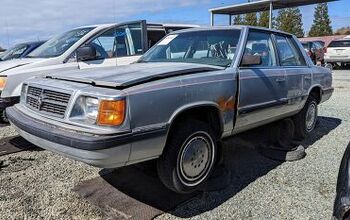
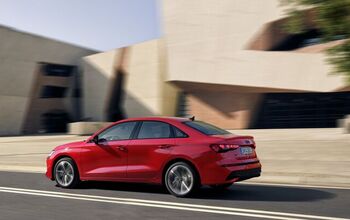
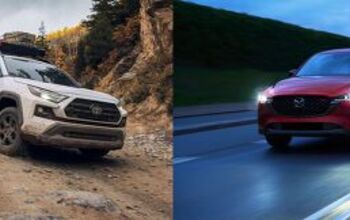


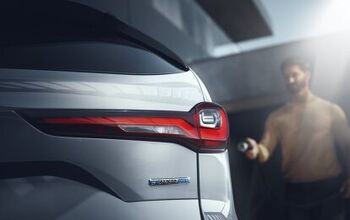
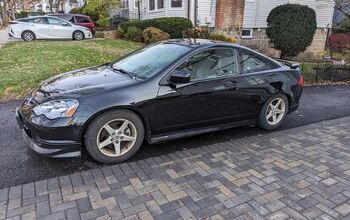
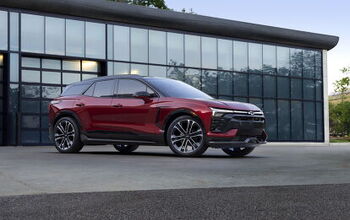

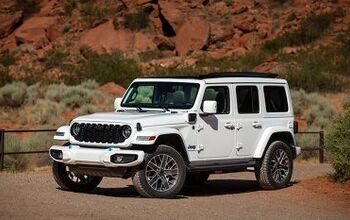
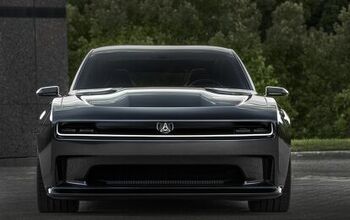
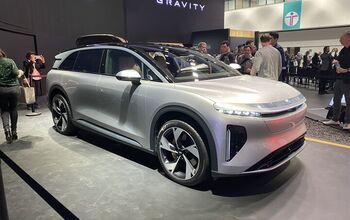
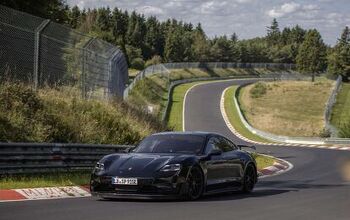
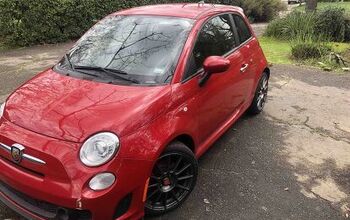
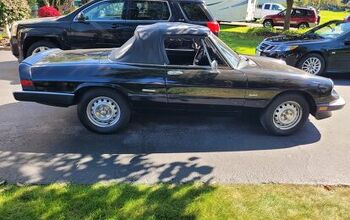

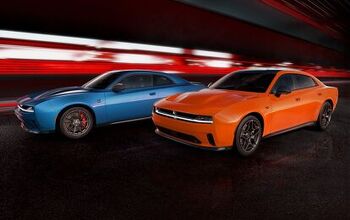
Comments
Join the conversation
Hopefully others will follow TTAC's lead on this.